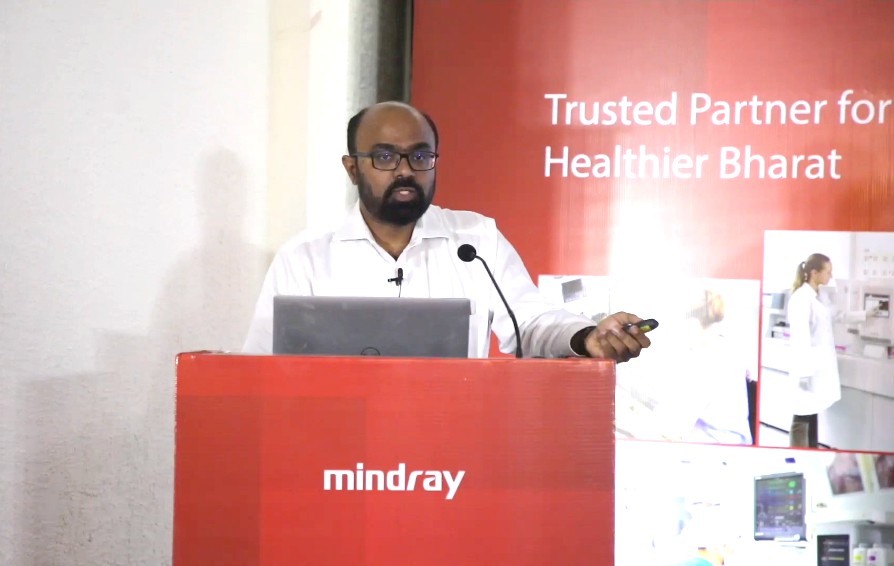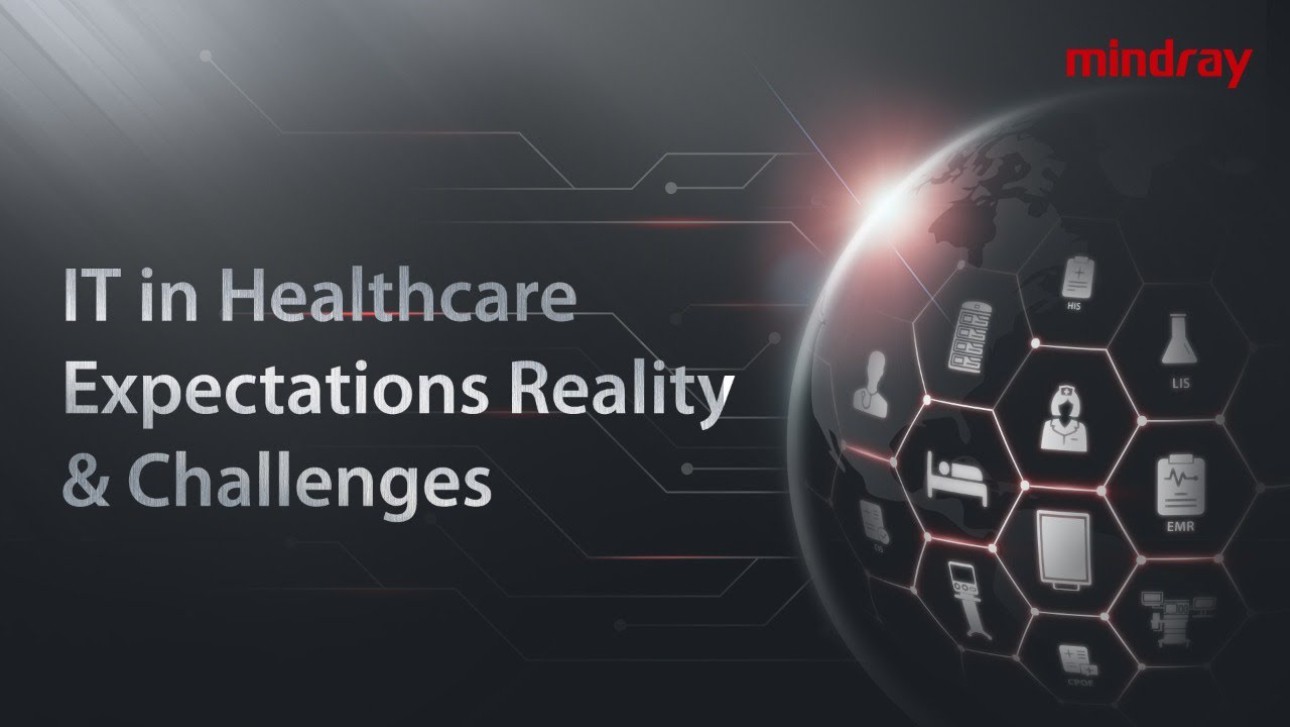IT has been a part of healthcare since a very long time and was popularly known as telemedicine. The use of IT in healthcare gained momentum in India during the mid-1990s when western countries started recommending complete digitization of healthcare data. During the SARS COV2 pandemic, the healthcare industry was at crossroads, due to lack of advanced technologies required for diagnosis, monitoring etc. This situation expedited the digitization of healthcare industry and led to the development of highly advanced medical technologies.
IT encompasses several disciplines within the healthcare system namely:
1. Computer Science
2. IT/Data science
3. Economics
4. Clinical medicine
5. Public health
6. Epidemiology etc
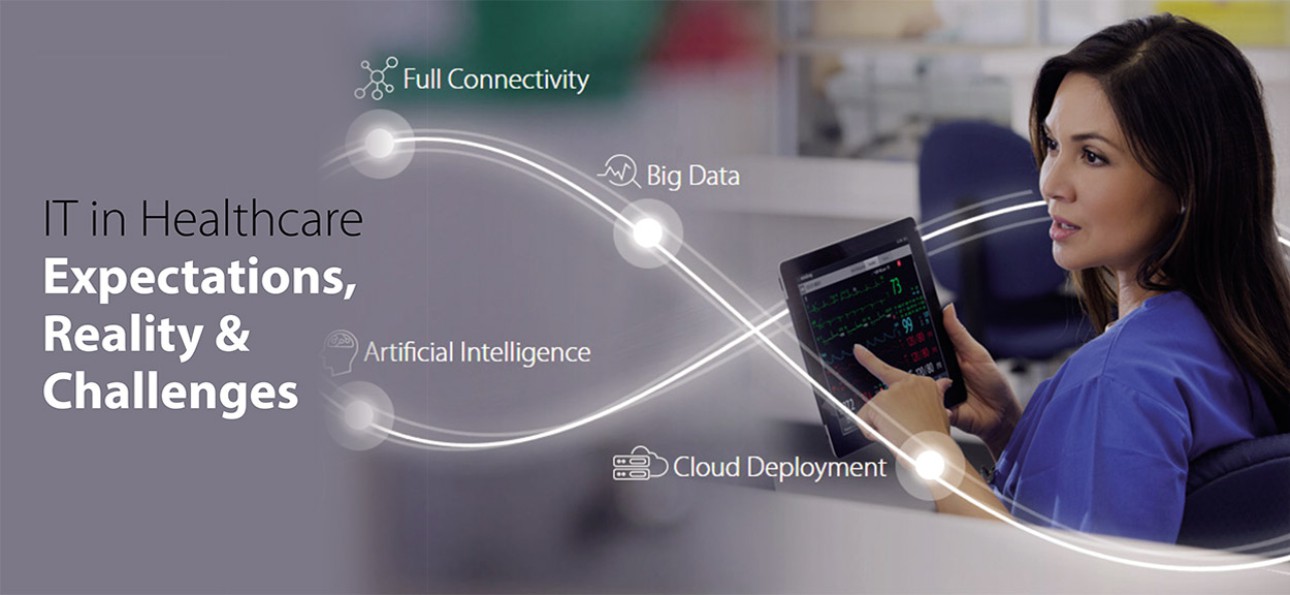
The presence of IT in the above disciplines has its own advantages and disadvantages. It has eased the transfer of data, storage of data and has made a positive impact on the viability of new technologies. Soon, more contributors in healthcare will imbibe IT and this will create an ecosystem which survives and functions on IT.
Advances in technology which are contributing IT into healthcare system are:
1. Artificial Intelligence (AI), machine learning (ML) etc.
2. Electronic Health Record System
3. Internet of Things

Artificial Intelligence
Radiology and Pathology are the most advanced disciplines in the healthcare sector that can easily assimilate new technologies into their system. These disciplines deal with images which are pixels or coded software and can be calculated easily in terms of Hounsfield unit (HU) values in or in terms of Region of Interest (ROI). These values are used in several parameters for different investigations in radiology. It is easier for the artificial intelligence to diagnose a X- ray or a pathological slide than to do operative procedures in a robot, like humans.
Although the term Artificial Intelligence is popular now, it was coined by John McCarthy in 1956 while he was working as a professor at Stanford University, US. Initially, it was designed to solve small problems but after it’s success on small scale problems it was applied for larger problems in personal healthcare, research, and several other aspects.

ARTIFICIAL INTELLIGENCE INVOLVES TEACHING MACHINES WITH THE HELP OF HUGE AMOUNT OF DATA AND TRAINING IT TO ANALYSE UNKNOWN DATA. AFTER A POINT, THE MACHINE WILL START LEARNING FROM THE DATA IT ENCOMPASSES EVERY DAY.
Artificial intelligence involves teaching machines with the help of huge amount of data and training it to analyse unknown data. After a point, the machine will start learning from the data it encompasses every day.
Although the applications of AI in radiology is in infancy stage it has progressed by leaps and bounds in the past 2-3 years. It is commonly used for:
1. Diagnosis
a. Lung lesions with help of X-ray and CT scan:
During the SARS COV2 pandemic, many types of software were used to diagnose lung lesions in X-ray and CT-Scan. Although CT-Scans were recommended as the screening modality to diagnose lung lesions, CT Scan facilities were not easily available everywhere. Hence, X-rays became more popular way of screening whereby lakhs of X-rays were done daily to detect lung lesions using AI.
b. Brain diseases:
It is helpful in diagnosing and characterizing brain lesions, grading of brain tumours, perform brain volumetry (Alzheimer’s disease).
c. Second Opinions:
The AI can be fed with multiple algorithms, and it can come to conclusions about treatment plans. During the SARS COV2 pandemic, it was a valuable approach to arrive at conclusions regarding treatment plans. It increases precision in diagnosis and helps in dose optimization in radiation and contrast dose considering BMI, HR, circulation time etc.

2. Screening:
It is useful in screeningnormal vs abnormal cases. This helps the radiologists to focus on the complete case and avoids burnout. E.g.: The AI system was commonly used during SARS COV2 pandemic for diagnosis of Pneumonia. AI was used to screen thousands of X-rays aily for prioritizing high risk cases.
3. TAT:
It shortens the TAT time for routing cases.
4. Quantification:
It can also be programmed to quantify cases as mild, moderate of high.
5. Precision diagnosis:
It increases precision in diagnosis by analysing available information and filters differentials with the help of algorithms.

However, there are equal number of challenges of using AI in healthcare which are:
1. Computing Power:
In healthcare, computers with high numbers of cores and PUs are required for processing high amount of data and cloud computing. These resources come at an exorbitant cost.
2. Trust deficit:
Deep learning models are developed from specific inputs, hence results for different problems are questionable from the same model.
The AI may provide erroneous conclusions if it doesn’t contain accurate information about factors like geographic location, ethnicity etc. For e.g.: If the AI has been trained using MRI data samples of only Middle East countries, then it will diagnose a spondylodiscitis as an example of Brucellosis, whereas in India, 99.9% of spondylodiscitis cases will be diagnosed with Tuberculosis. New standards for data storage and software containing indigenous datasets will have to be formed to overcome such challenges.
3. Limited knowledge:
Only core subjects are focussed on the medical curriculums. IT related subjects must be included in the medical curriculum so that advancement in medical technology and doctors can work like hand in glove.
4. Data privacy:
There are stringent laws for data privacy and punishments for breach.
5. Bias:
The result of AI depends upon quality and quantity of data used for training e.g.- Gender, community, race etc.
6. Data scarcity:
Data used to train the AI should be structured or labelled properly. However, a lot of data is not easily available due to data protection laws.
Apart from all the above challenges, the biggest challenge is training the AI with accurate information. Dr.Abhijit shared few examples ofCT Scans to explain this further:
1. The first example was about meningitis, inwhich the AI needs to be provided with accurateinformation about the contrast MR regardinghyper densities in subarachnoid space. If thisinformation is not provided accurately to theAI, then it will predict meningitis as a case ofsubarachnoid haemorrhage.
2. In the second example, two CTscans were presented wherethe first CT scan showedhyper densities in the sulcalspaces which appear assubarachnoid haemorrhageat first instance. However, it isa case of hypoxemia, where theblood vessels are dilated due tolack of oxygen.
If AI system is taught that anythinghyperdense in the subarachnoidspace is subarachnoid haemorrhage ormeningitis, then it would predict it as acase of subarachnoid haemorrhage ormeningitis.
3. The last example was about demyelinationwhich mimicked Lymphoma. If the resultswere of an immunocompromised patient, thenit could have been predicted as lymphoma
where there is peri-ventricular sub-ependymalspread but in some other instances it would beconsidered as demyelination. The diagnosis mayvary depending upon several factors like medicalhistory, ethnicity, common diseases present in ageographic location.
Therefore, the data must always be accurate,filtered and structured in a particular formatto avoid invalid results. In addition to this, theAI system will require a lot of time to study allthe minute details and incorporate these datatogether to diagnose precisely.
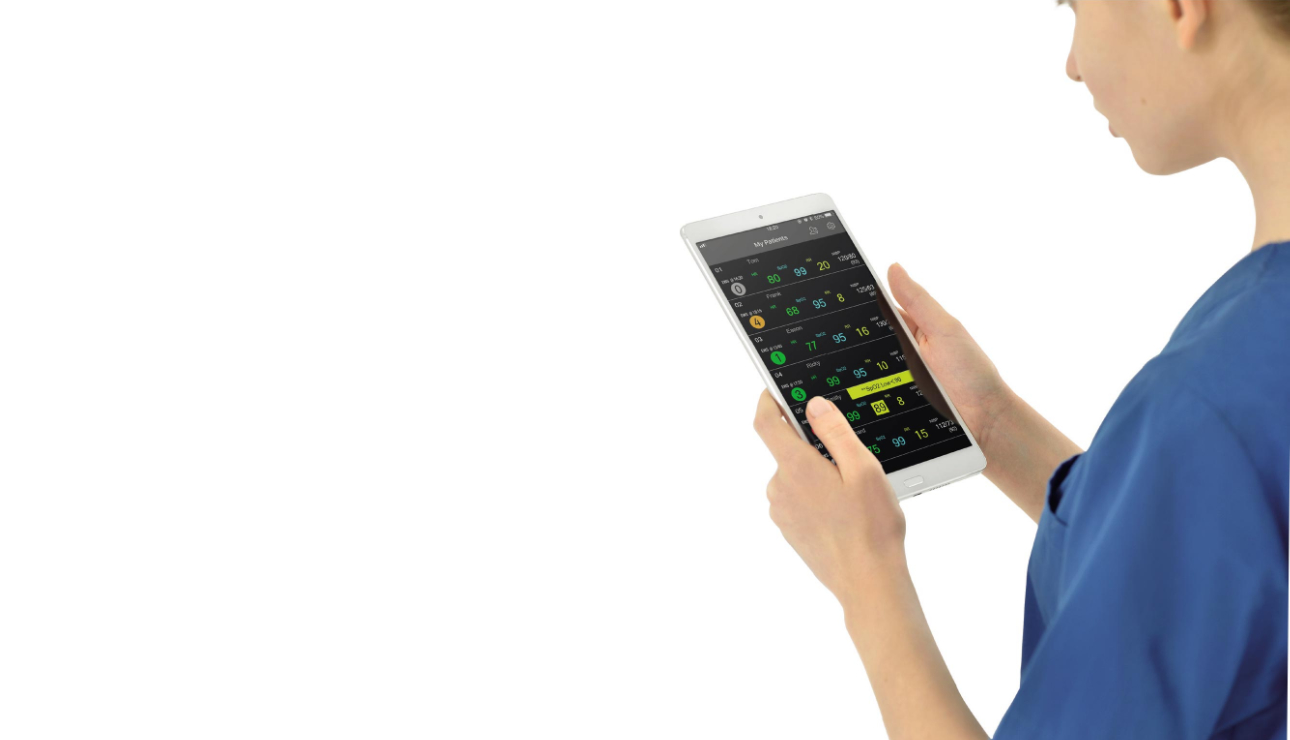
Electronic Health Record (EHR):
It has the following benefits.
1. It contains patients’ information like medical history, diagnosis, medication, treatment plans, immunization dates, allergies, radiology images and lab tests results.
2. It allows access to evidence-based tools that providers can use to make decisions about patient’s care.
3. It is automatic and streamlines provider workflows.
4. Standardized EHR can be shared with other providers across more than one health care organization. This is beneficial when a patient is being transferred from one hospital to another.
However, there are some challenges with EHR, one of the common one being; doctors focus is diverted from the patient and treatment plan towards the EHR.
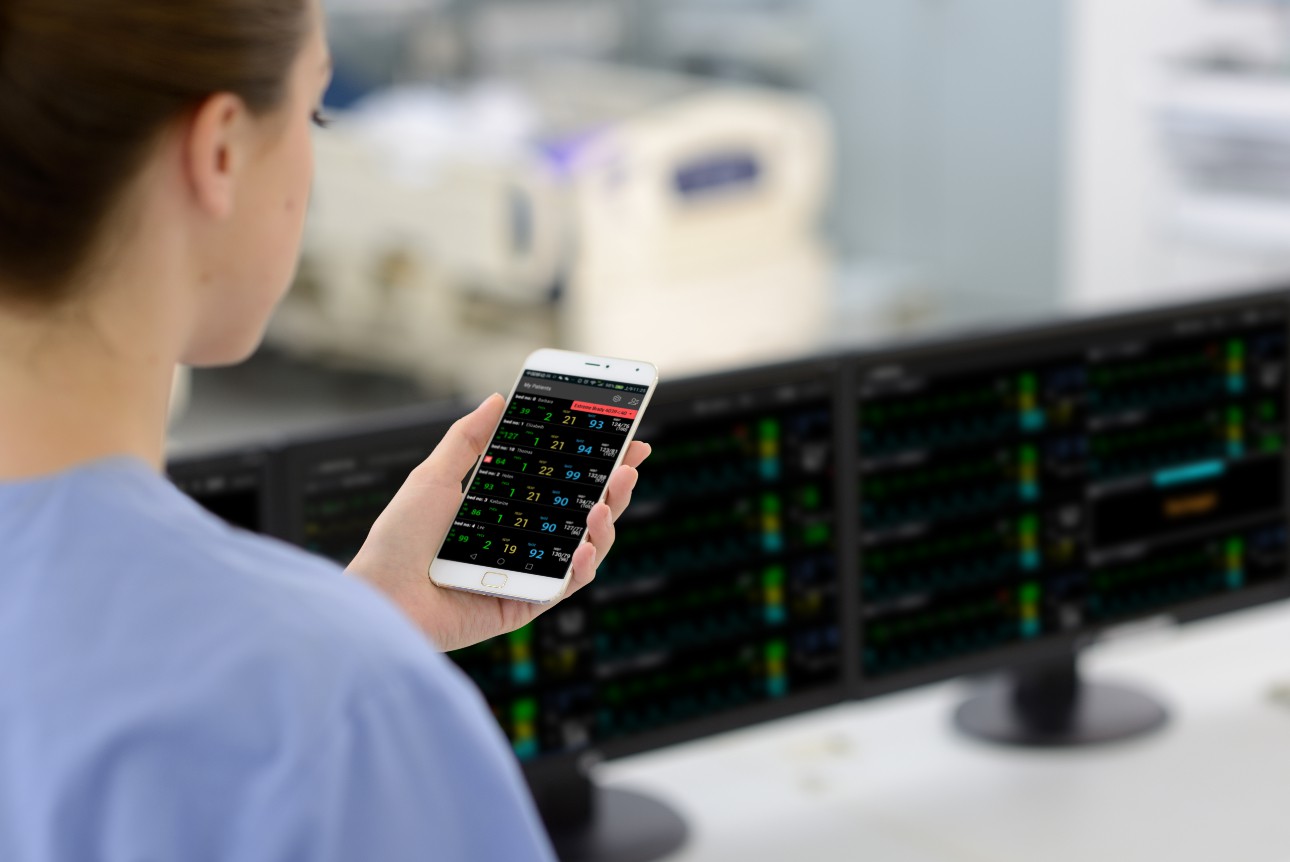
Internet of Things (IOT):
It has the following benefits:
1. It is a combination of hardware and software with the use of multiple devices, sensors, and cloud technology to make sense of data with intelligent tools.
2. Anything that can transmit and receive data over cloud for a unique task-IOT device
E.g.: Intelligent ICU-Real time transmission of data is possible from machines like ECG etc to healthcare providers located remotely.
However, there are many challenges associated with IOT which are:
1. Lack of awareness about how data is being used, whether the data is anonymised or non-anonymised or about the legal implications.
2. Innovation in sensor technology
3. Setting up of intelligent networking
4. Cloud computing
5. Analytic software
6. Cost of cloud computing, or storage of enormous amount of data etc.
7. IT cannot be incorporated in special situations like providing metal health solutions, performing physical examination in patients, and performing special tests and manoeuvres where doctor’s presence cannot be avoided
Other important challenges are:
1. Technical- Standardization of Patient Records, Combined expertise Med IT, ever evolving IT and Med field
2. Societal-acceptability, accessibility, affordability, administrative, multifactorial (Age, ethnicity, geography)
3. Ethical- Consent, Data ownership
4. Connection between health solutions --> Patients --> Device --> Clinician --> Laboratories --> Pharmacy
Business Challenges:
1. Disruptive Innovation
2. Digital Revolution
3. Amazon Effect
4. Personalized Medicine
5. Regulatory changes
6. Consumerism
Amazon effect is where a competitor might disrupt the business plan by inventing alternative product. In future, circumstances might change, and the changes might lead the industry to a totally different path. So, the healthcare industry must be prepared to adapt according to the changes which cannot be forecasted today. For e.g.: a driverless car was just a dream but now it has become a reality due to highly advanced technology.
Acceptance of IT in healthcare has been increasing since last few years and in one of the surveys conducted in 2016, it was found that people are welcoming the application of IT in healthcare. The rate of acceptance has increased many folds during the pandemic where people discovered the convenience of having advanced technology. Currently, Artificial Intelligence is the most innovative technology followed by IOT, 3D printing robots, robotics etc.

Many countries including India have accepted that incorporating AI into their healthcare systems is inevitable. Govt. of India took the following steps to standardize the procedures and to bring everything under legal ambit:
1. Set up EHR standards in 2013-2016.
2. Integrated Health Information Platorm (IHIP) Setup by MohFW (Ministry of Health and Family Welfare) for creation of standards compliant Electronic Health Records.
3. Consumer protection laws for all the digital data.
4. Ayushman Bharat Digital Mission (ABDM) -May 2022
Near real-time information about nurses, doctors EHR linked with ABHA-Ayushman Bharat Health Account.
Reference:
https://www.nhp.gov.in/integrated-health-information
After the pandemic, India’s healthcare industry and pharma industry have been under limelight as India was able to curtail the pandemic with a holistic approach and with the help of advancement in Ayurveda.
Conclusion:
IT and medicine are ever evolving concepts and the concepts which were fiction in the past are now a reality. However, there are some glitches which needs to be fixed as this could lead to polarization of service providers. The accountability of any report which is generated from an AI system or with the help of IT device must be fixed. Currently, there are no strict rules governing these points, however, our government is taking appropriate steps to bring everything under legal ambit.

